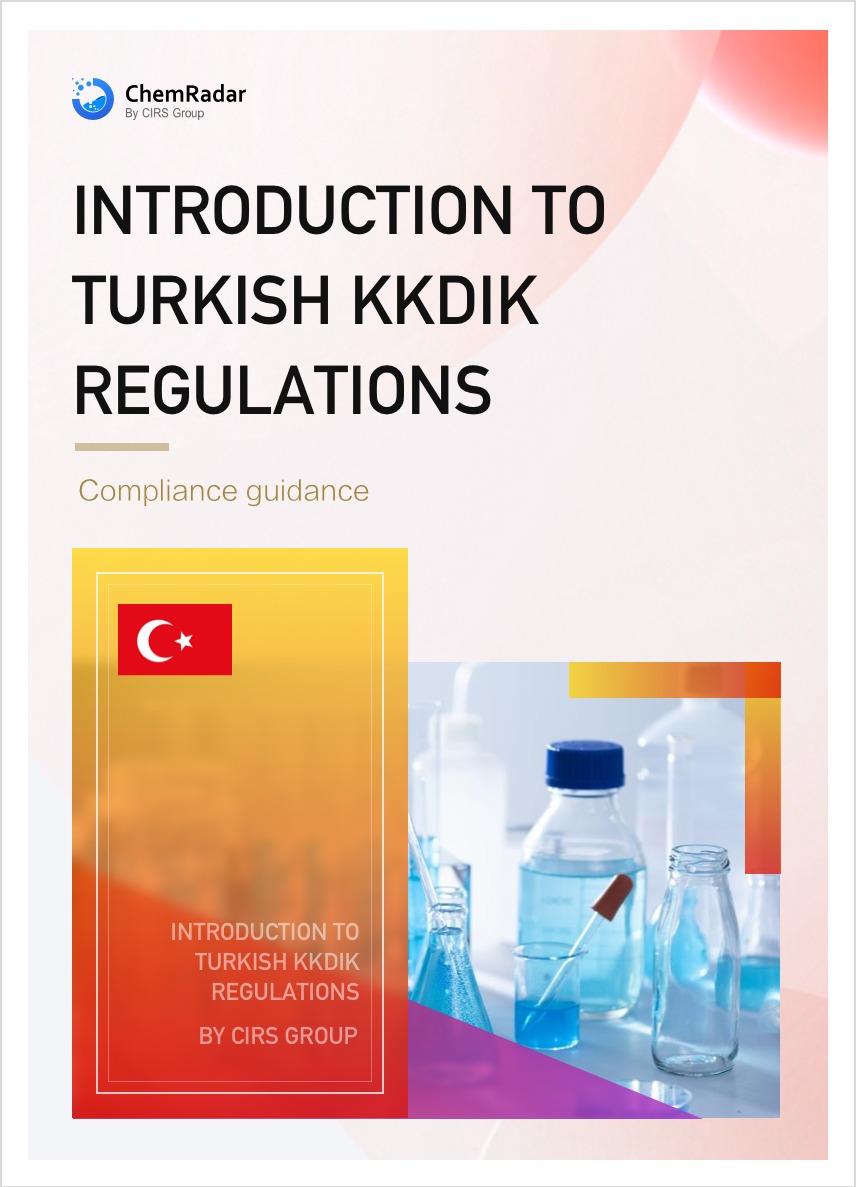1. Definition
KKDIK (Kimyasalların Kaydı, Değerlendirilmesi, İzni ve Kısıtlanması Hakkında Yönetmelik) is a Turkish regulation on the registration, evaluation, authorization and restriction of chemical substances. This regulation is based on the EU REACH Regulation, which was officially published by the Turkish Ministry of Environment and Urban Planning (MoEUCC) on June 23, 2017, and came into force throughout the country on December 23 of the same year. According to the Turkish KKDIK regulations, enterprises must register with the Turkish Ministry of Environment and Urban Planning for the production or import of >= 1 t/a of chemical substances in Turkey, otherwise enterprises are not allowed to produce, import or sell the chemical substances in Turkey. The KKDIK regulations are implemented to ensure the safe management of chemical substances, protect human health and the environment, and promote sustainable development. The regulation applies to chemical substances produced, imported, exported, circulated and used in Turkey.
1.1 Subjects of KKDIK Regulation
- Producers and importers of substances in Turkey;
- Producers and importers of goods in Turkey;
- Manufacturers of substances, mixtures and articles outside Turkey: the registration obligation must be fulfilled through the OR (Only Representative) in Turkey.
Note: KKDIK's procedure for specifying OR is the same as that of EU REACH. Businesses and OR companies outside Turkey must have an agreement signed by both parties, OR must be able to prove who he represents. This agreement needs to be submitted to the Turkish Ministry of Environment and Urban Planning upon request.
1.2 Objects of registration
- Substances produced or imported in Turkey in a tonnage >= 1 t/a;
- Substances in mixtures produced or imported in Turkey in a tonnage >= 1 t/a;
- Chemical substances intended to be released in articles produced or imported in Turkey in a tonnage >= 1 t/a.





